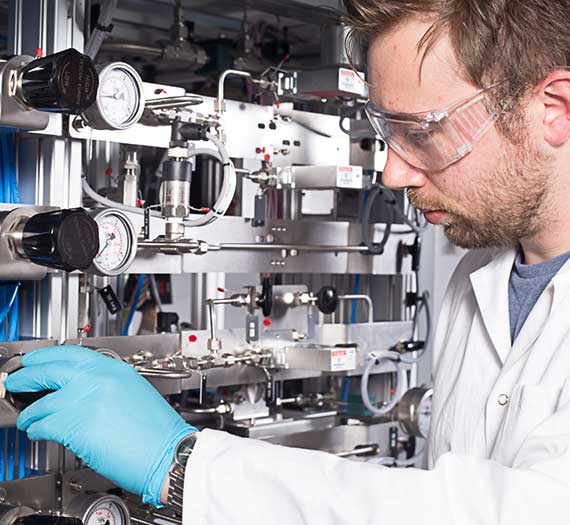Case Study
Case Study
Case Study
Case Study
Case Study
Front End Selective Hydrogenation

Front End Selective Hydrogenation
The task
ILS was approached by another client to test front-end olefin selective hydrogenation catalysts.
This was due to ILS successful track record in supplying tail-end selective hydrogenation units. Front-end selective hydrogenation is significantly more challenging as front-end catalysts are implemented upstream of the cold-box in the plant prior to the separation of hydrogen from olefins. The high hydrogen partial pressures result in significantly higher reaction rates and heat of reaction.
The ILS solution
The results of this study clearly showed that the unit that worked well for tail-end selective hydrogenations was well suited for C2-front-end testing but not for C3 or above as reaction runaways in the upper portion of the catalyst bed could clearly be observed.
The result
This is an excellent example of “failing fast” and helped our client make an investment in a unit, which ultimately was not up to the task.
It is worth mentioning that the clients own in-house testing units suffer from the same problem. ILS is currently working on an improved design to test this. The overall time for construction of the feasibility unit till delivery of data was 4 months.
Contact
Contact
Contact
Contact
